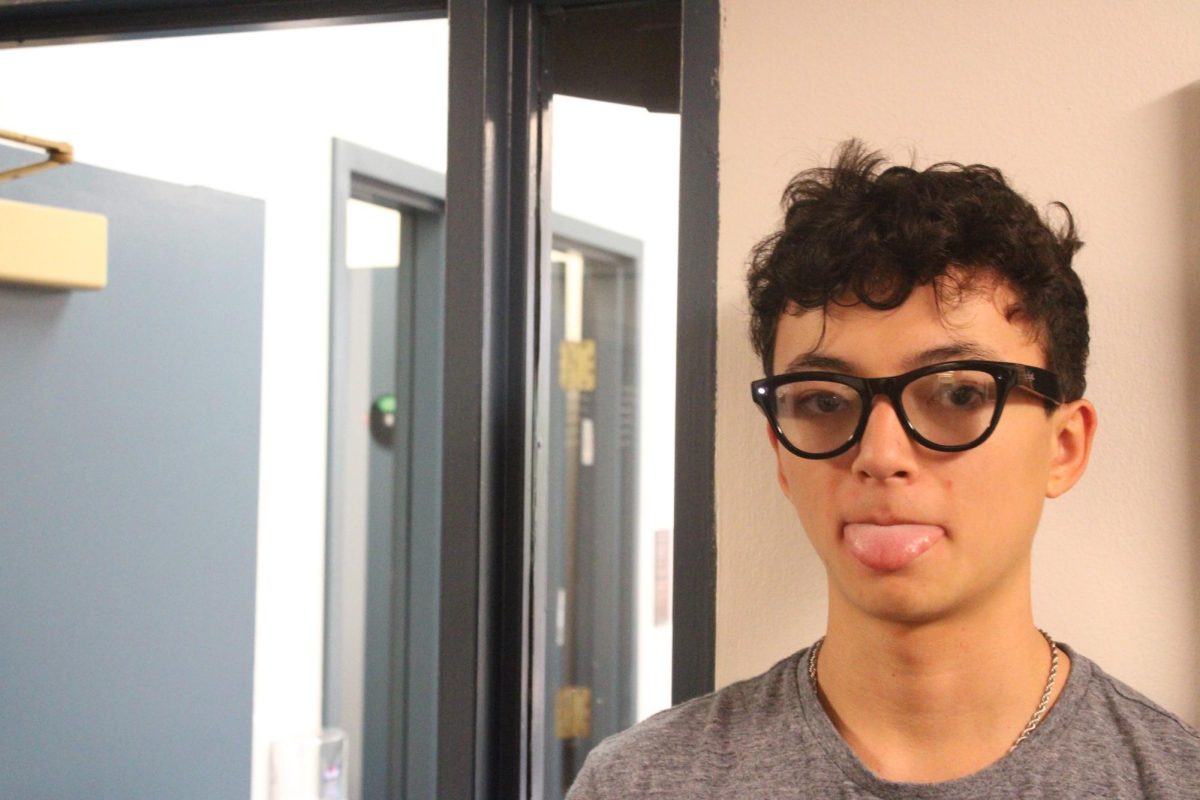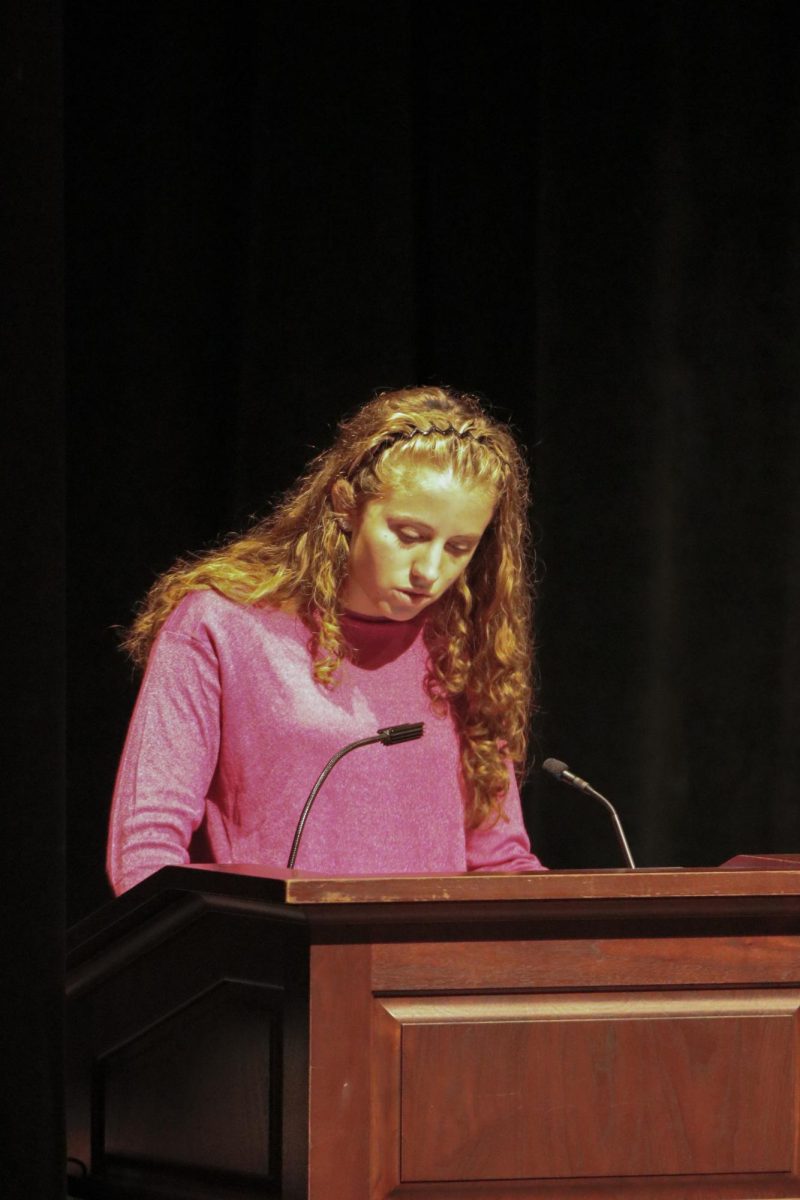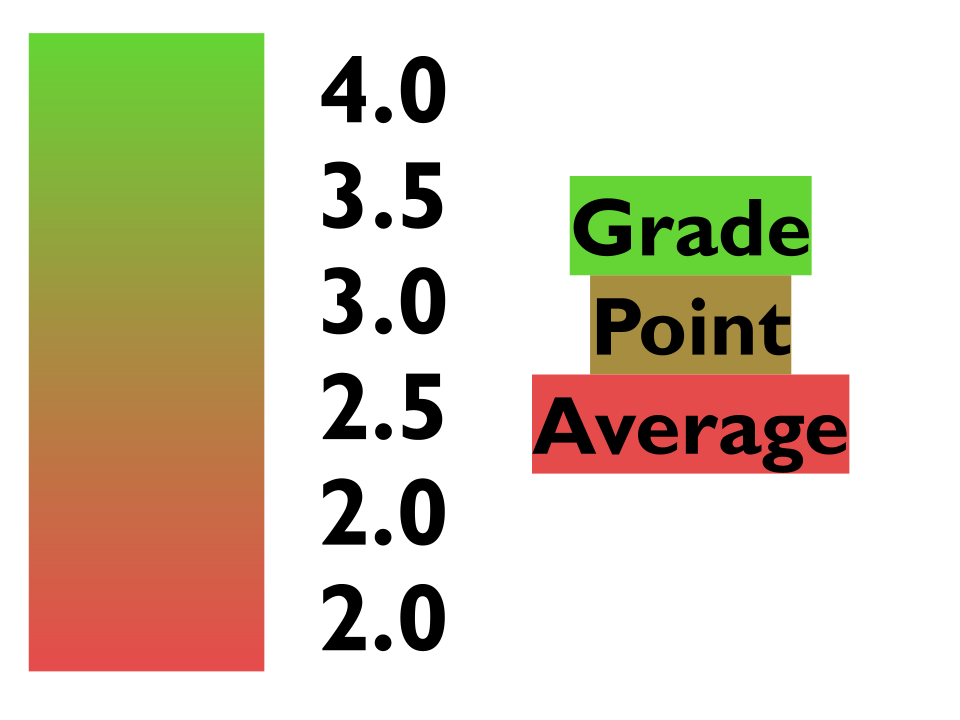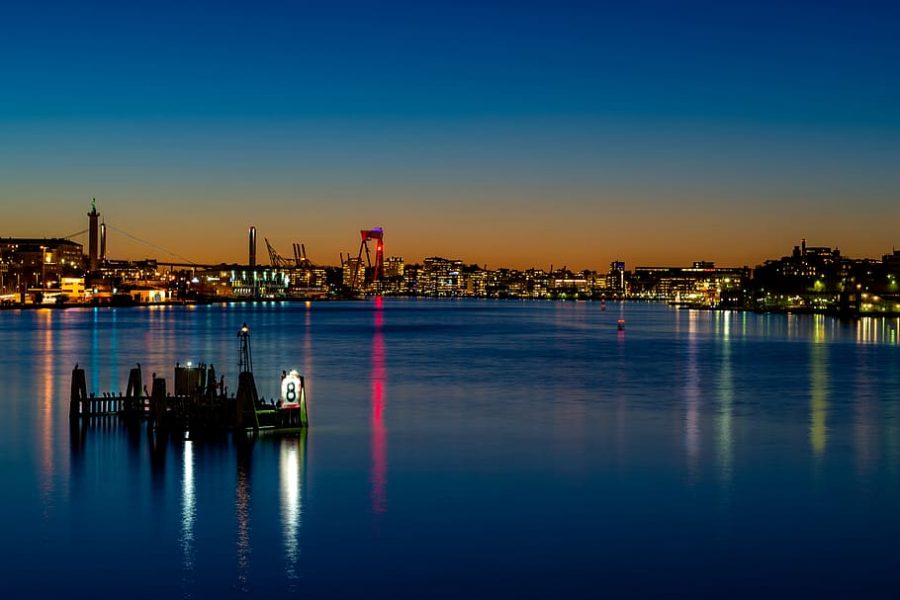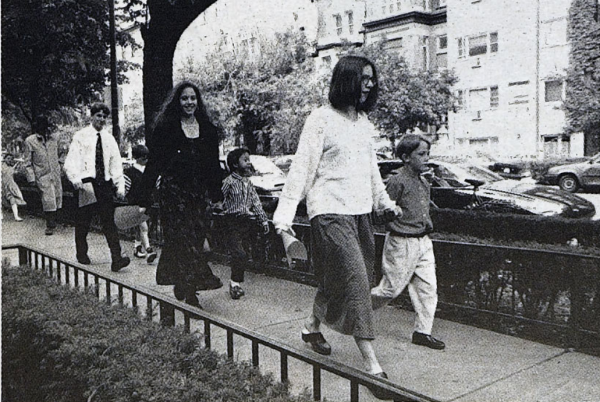Sweden Offers an Alternative to Sheltering in Place
Wallpaper Flare (marked for reuse)
Gothenburg, Sweden, at night. Gothenburg is one city in a country that has taken an alternative approach to quarantine.
May 9, 2020
On the edge of the Arctic Circle, nestled between Finland and Norway, is a country of mountains and forests, of folklore and culture, a constant presence of majestic beauty and elegant simplicity on a global scale. Sweden embodies a culture that honors its rich history, and yet still flourishes towards the future. Along with being a leading progressive country in regards to recycling, gender equality, human rights, and being the birthplace of teenage climate change activist Greta Thunberg, Sweden’s history, folklore, and culture are all embedded in the Nordic country’s identity.
However, perhaps the most valued aspect of Swedish culture is the mindset of lagom. This concept ingrained in Sweden’s culture means living life with everything in moderation. In an era of excess and extremes–too many plans, too many clothes, too many notifications, too much work–lagom represents moderation and simplicity, and having just the right amount to make one happy, without being a minimalist. Lagom embraces the elegance of enjoying the simple pleasures in life.
One can see relationships between this simple concept and how Swedes cope with modern day struggles. Despite living in darkness around the clock in mid-winter and having the highest tax rate in the world, which many would associate with stress, Sweden is ranked the world’s 7th happiest country by Forbes. Could lagom, the idea of being content with just the right amount, be the reason? And does this mindset also underline Sweden’s response to COVID-19?
Sweden’s relatively laid-back approach to the virus has been the subject of much global controversy. The only strict bans have been closing off retirement homes to visitors and banning gatherings with more than 50 people. But kids ages 6-16 have continued to go to school, and restaurants, bars, and salons have remained open, masks are not required or recommended, and the government has put a lot of trust in Swedes to make their own personal health decisions. Despite the lack of closures, two-thirds of Swedes have said that they are avoiding meeting people, public transport, and travel. But the global response to this unique approach has been varied. CNN condemned Sweden’s regulations by pointing out that Sweden’s death rate is more than three times that of the neighboring countries of Denmark, Norway, and Finland, while the World Health Organization has recently praised Sweden as being a “future model” for how countries should start adjusting to a “new normal.” The goal of Sweden’s outlier approach seems focused on developing herd immunity, whereas other countries’ approaches have been more focused on avoiding contact at all costs.
While Sweden’s version of a lockdown, or lack thereof, is debated all over the world, the people of Sweden themselves are also divided over the country’s response. A longtime Swedish family friend, Ulla Norrhaell, who lives in Stockholm, thinks that the Swedish government has “failed big by not properly protecting [their] older citizens, particularly those living in homes for [the] elderly.” But Ulla also thinks that the Swedish model might prove to be the best if herd immunity works, since we do not have any vaccine available in the near future or effective treatment for people who get sick, “and we can not lock down the society for years.”
Ulla’s daughter, My, initially thought the government’s approach was “careless,” but after consulting a close friend who is a doctor, My is convinced that “shutting down a whole city/country, will only make the outbreak of the virus relive again once the country is open.” Though it seems like many Swedes agree with their government’s decision, My also noted that “many [people] have been quarantining of their own choice.”
Another Swede, Erika Eliasson, an actuary at a large insurance company in Stockholm, says many people, like herself, have complete faith in the guidance given by the head epidemiologist of the Swedish Health Institute–Sweden’s own version of Dr. Fauci. While she has chosen to work from home, she believes that “the way [Sweden] handled this crisis is the right way,” and follows the government’s directions, including avoiding retirement homes, where her 85 year old mother is staying, and doing well. Erika addressed that by keeping Sweden’s economy open, Sweden will probably face a “lower level of suicides induced by unemployment and depression than a lot of other countries” and also lower “levels of sick leaves due to depression and other mental disorders.”
In contrast, the US has effectively shut down its economy, and is now facing a 20.6% unemployment rate and researchers estimate that there could be as many as 20,000 additional suicides brought on by the lockdown and unemployment. There are definitely pros and cons to the Swedish way of approaching COVID-19; it is just a question of how all of the factors will balance out in the end.
There seems to be much correlation between Sweden’s unique response to the pandemic and living lagom. For example, lagom is all about everything in moderation, no extremes of too much or too little, and that seems to be consistent with the country’s approach to COVID-19 prevention. Sweden has not taken drastic measures, as many other countries have, including the US, and has kept its economy up and running. However, the country has still enforced some basic, yet small, restrictions, as addressed earlier, and people are making their own decisions with regard to quarantining and social distancing. Only time will tell if this approach is effective, or not.
When asked about the concept of lagom, both Ulla and My seemed to be thinking of an old friend, one that has been an important, influential part of their lives. My said that lagom is “in our backbone, from the day we are born, to the day we pass,” and Ulla described it as “Sweden in a nutshell.” The message of lagom is so established in Swedish culture that their COVID-19 approach is often described as “i en lagom takt,” which loosely translates to “in a decent pace,” so their health care system can take care of patients who need hospital care. Ulla described this “lagom lockdown” as “not too much (being trapped in your home) and not too little (continue with life as normal) – just “lagom” with restrictions based on the Swedish culture.” She says, by its nature, Swedish culture results in social distancing, as the proportion of single family households is the highest in the world, “and, despite the lack of government restrictions, people voluntarily take a cautious approach” because, as is a common saying in Sweden, “tar det säkra för det osäkra,” or ‘better safe than sorry.’
Nothing is certain right now. Could Sweden’s “lagom lockdown” be the right approach? Or should we shelter in place? No one can know for sure. But for Latin students, the silver lining of this lockdown could be realizing how important our culture, traditions, and values are to not only our approach to this pandemic, but also to our identities–just as Sweden has.

